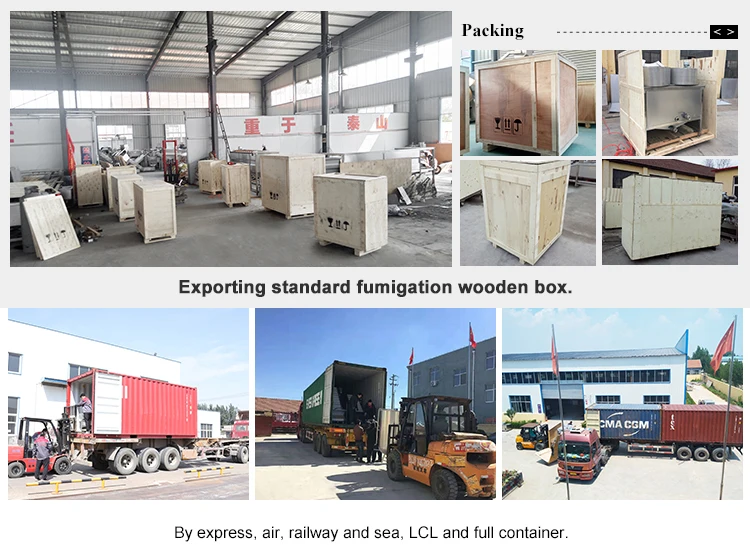Innovative Solutions for Efficient Feed Processing Machinery and Equipment
Noy . 07, 2024 07:28 Back to list
Innovative Solutions for Efficient Feed Processing Machinery and Equipment
The Importance of Feed Processing Machines in Modern Agriculture
In the realm of modern agriculture, efficient feed processing has become paramount. With the growing demand for high-quality animal products, the need for advanced feed processing machines has never been greater. These machines are instrumental in converting raw materials into nutritious feed, ensuring that livestock receive the optimal sustenance for health and productivity.
Understanding Feed Processing Machines
Feed processing machines are designed to handle various stages of feed manufacturing, from grinding and mixing to pelleting and extrusion. They play a critical role in enabling farmers to produce feed that meets specific nutritional requirements, thereby supporting the health and growth of livestock. This technology not only aids in the production of traditional animal feeds but also allows for the development of specialized diets tailored to different species and life stages.
The core operations of feed processing machines can be categorized as follows
1. Grinding This step involves breaking down raw materials such as grains, seeds, and other feed components into smaller particles. Grinding increases the surface area, making it easier for animals to digest the nutrients in the feed.
2. Mixing Once the materials are ground, they are mixed to ensure uniform distribution of nutrients. Advanced mixing machines guarantee a homogenous blend, which is crucial for the health of livestock. Consistency in feed formulation enhances feed conversion efficiencies and reduces waste.
3. Pelleting Pelleting is a process that compacts the feed into pellet form, providing a high-density alternative to conventional feed. This method reduces feed dust and wastage while improving the feed's palatability and handling. Pelletized feed is easier for animals to consume, promoting better intake.
4. Extrusion This process involves cooking and forming feed into specific shapes through the application of heat and moisture. Extruded feeds are often more digestible and can be used to create specialized feeds for various species, including fish and pets.
Advantages of Using Feed Processing Machines
feed processing machine

The implementation of feed processing machines offers several benefits that enhance productivity and profitability for livestock producers
- Nutritional Efficiency By precisely controlling the formulation and processing of feed, farmers can enhance the nutritional quality of their products. This leads to better growth rates and improved overall health in livestock.
- Cost-Effectiveness Automating feed production reduces labor costs and minimizes waste. It allows livestock producers to make the most of their raw materials, contributing to lower overall feed costs.
- Customization Modern feed processing machines allow for the formulation of customized feed blends that cater to specific dietary needs. This is particularly important for specialized livestock operations, such as aquaculture or poultry farming, where nutritional needs can vary significantly.
- Quality Control Advanced machines are equipped with monitoring systems that ensure consistent quality in feed production. This technology helps in tracking the nutritional content and physical characteristics of the feed, ensuring that animals receive the best possible diet.
Challenges and Future Trends
Despite the advantages, the feed processing industry faces challenges, including fluctuating raw material prices and environmental regulations. As the demand for sustainable practices increases, feed processing machines must evolve to incorporate eco-friendly technologies, such as energy-efficient operations and waste recycling systems.
Looking ahead, advancements in artificial intelligence and automation promise to further revolutionize feed processing. Smart machines equipped with sensors and data analytics will allow for real-time monitoring and adjustment of feed formulations, optimizing the nutritional value while minimizing resource use.
Conclusion
Feed processing machines are a cornerstone of modern agriculture, enabling efficient and effective production of animal feeds that are vital for livestock health and productivity. As the industry continues to innovate, the integration of advanced technologies will lead to even greater efficiencies and sustainability, ensuring that agricultural producers can meet the growing global demand for high-quality animal products. In embracing these advancements, farmers not only support their operations but also contribute to the overall health of the agricultural ecosystem.
-
High Performance Exhaust Fan – Efficient Ventilation Solutions for Home
NewsJun.10,2025
-
High-Quality Gestation Pen for Sows Durable Mobile Pig Pen & Simple Pig Pen Solutions
NewsJun.10,2025
-
High Quality Rabbit Cage Double Tier Designs & Welded Wire Mesh Supplier
NewsJun.10,2025
-
Floating Fish Feed Machine - High Efficiency Floating Fish Feed Extruder for Small Scale Production
NewsJun.10,2025
-
Premium Poultry Housing Solutions Mobile & Commercial Free Range Options
NewsJun.10,2025
-
Industrial FRP Fans Corrosion-Resistant Blades & Centrifugal Systems
NewsJun.09,2025






